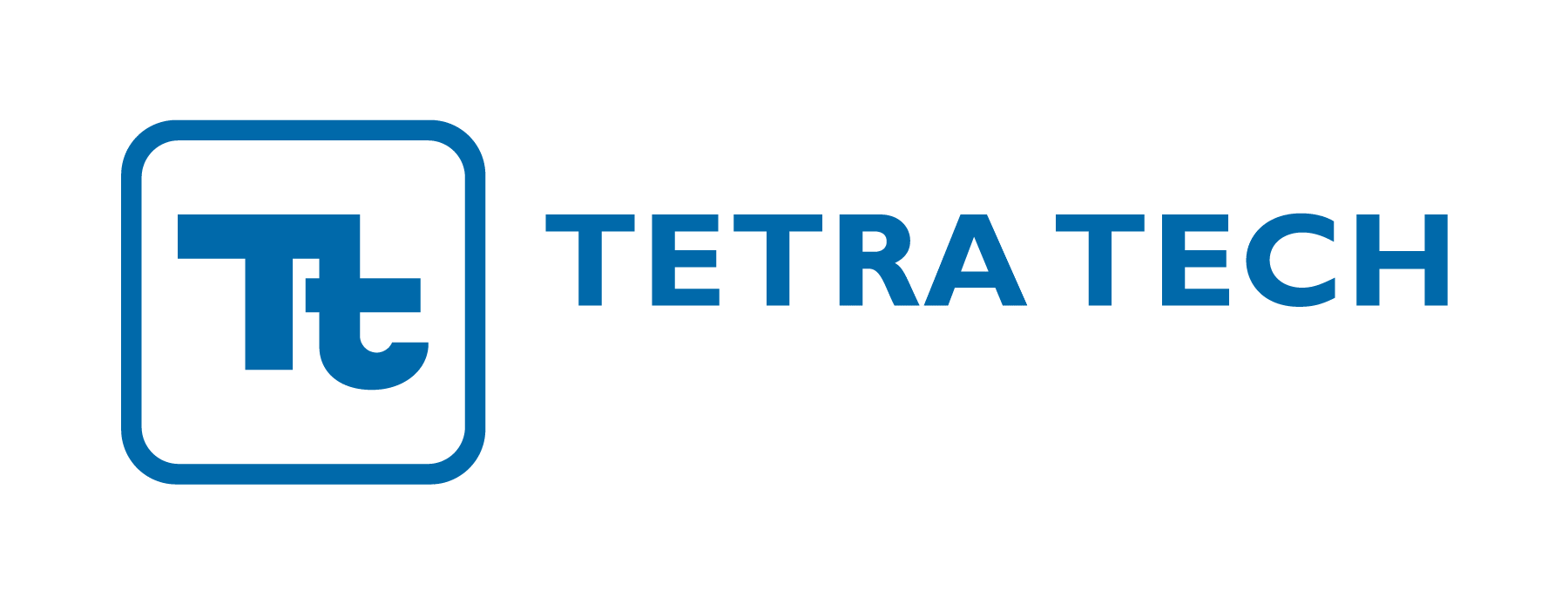An environmental audit is an assessment of the environmental compliance and performance of an organization, project, or activity. Regular environmental audits are crucial to keep your environmental compliance on track. They can identify strengths, weaknesses, risks, and opportunities for improvement when it comes to meeting environmental regulations, keeping up with corporate standards and policies, and implementing best practices. However, an environmental audit is not a one-time event. After the audit, you will need to analyze the audit findings and determine corrective actions. Post-audit activities must include follow-up and monitoring to ensure the audit findings and corrective actions are effectively implemented and that you achieve the desired outcomes.
These post-audit activities will need to be implemented to correct any issues found in the audit and prevent future risk. Otherwise, you might face the same audit results again in the future and struggle to meet necessary environmental compliance requirements.
Post-Audit Activities
Develop a Corrective Action and Monitoring Plan
The first thing you should do is make sure all your post-audit activities stay organized with an effective corrective action and monitoring plan. This plan will include the environmental audit findings, their priority, current status, corrective action, schedule for completion, and responsible party.
You can use an Excel spreadsheet or a software data management system to help you track each item. This system should help you monitor the actions you need to take post-audit and help you successfully implement those changes.
Develop Corrective and Preventative Actions
Developing corrective and preventative actions is perhaps the most crucial step of your post-audit activities. Without implementing changes, you will likely face the same issues at your next audit or even see problems crop up before then that could threaten your operations.
Your corrective actions will need to address the issue found during the audit and identify the changes or improvements that need to be made. These might include recommendations provided by the auditor, practices used at other similar facilities, industry standards, or suggestions from various team members. Ideally, the corrective actions you develop will involve the team that is responsible for the daily operations and activities involved in the audit finding.
Your corrective actions should also include the criteria that will be used to evaluate the implementation and effectiveness of the changes you make. Consider what data you will need to gather and how you will analyze it in order to determine whether or not the changes were successful.
Corrective actions will also need to be well-documented. Create a standard format and procedure for them across your operations and develop communication standards so information is shared with relevant stakeholders.
You will also want to make sure you keep your monitoring plan updated with new and relevant information.
Assign Roles and Responsibilities
Without clear roles and lines of communication, your corrective actions may fall through the cracks or be thwarted by miscommunications. To prevent this, make clear assignments for corrective action responsibilities.
For each audit finding, assign a person or a team of people who are responsible for the implementation, monitoring, and follow-up of the corrective action. The roles and responsibilities of each person assigned to the corrective action should be clearly defined and communicated and should reflect the level of authority, accountability, and competence of each individual team member.
Prepare an Implementation Schedule
Successfully implementing your post-audit activities will also depend on creating a strong schedule for the changes.
Create a schedule for corrective actions, including details of when the action will be implemented. It should also include the follow-up and monitoring activities such as inspections, reviews, further audits, surveys, or meetings. The schedule should include the frequency, duration, and location of these activities and consider how long it will take for the changes you make to be effective.
Implement Corrective Actions
Once you have a strong plan in place that includes a monitoring system, corrective actions, assigned roles, and a schedule for corrective actions, you are ready to start implementing the changes.
Start making corrective actions for each finding according to the established schedule and procedures. Be sure that documentation is included in this step as well, including any data collected and evaluations of the progress.
Also be sure to keep the lines of communication open during the implementation of the changes. The team involved in the daily operations should be involved in the corrective actions, and make sure that the appropriate stakeholders know what is being changed, how the change will be implemented, and how it will affect their daily work.
Review and Verify Corrective Actions
After your corrective actions have been implemented, you will need to evaluate their effectiveness according to the schedule you created.
Review the corrective actions to verify that they have been completed and that they are effective. This should include:
- Checking the quality and accuracy of any collected data.
- The appropriateness and relevance of any indicators and/or criteria used to collect this data.
- The objectivity of the evaluation.
- The clarity and completeness of any documentation and reporting requirements.
Depending on the required level of assurance and credibility, this review can be done by either a selected monitoring team that did not participate in implementing the corrective actions or by an external and independent auditor.
Get EHS Audit Support from Tetra Tech
Conducting EHS audits may seem like a big commitment of resources, but audits can identify compliance issues, weaknesses in management systems, or potential areas of risk. One way to think of it is as a regular exam or tune-up; like a tune-up for a car, these exams should be done periodically or as needed to keep your operation running smoothly. The resulting post-audit activities will then help you improve your management system and reduce risks.
If you need help performing your own internal audit, implementing corrective actions, or developing a corrective action tracking system, contact Tetra Tech’s EHS professionals at [email protected]. Our team can help you understand your documentation requirements, create systems that will enable you to stay organized, and assist with implementing corrective actions to keep your EHS systems on track.






